Long Wall of Quảng Ngãi
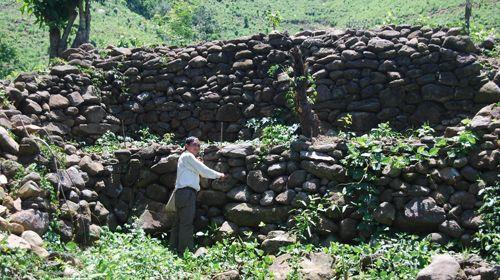
127.4 km long rampart, most likely built in the early 16th century and reinforced in 1819 as ordered by Nguyễn emperors. Wall is up to 4 m high and 2.5 m wide, mostly built from rocks. Wall is parallel to an ancient trade route.
Þingvellir (Thingvellir)
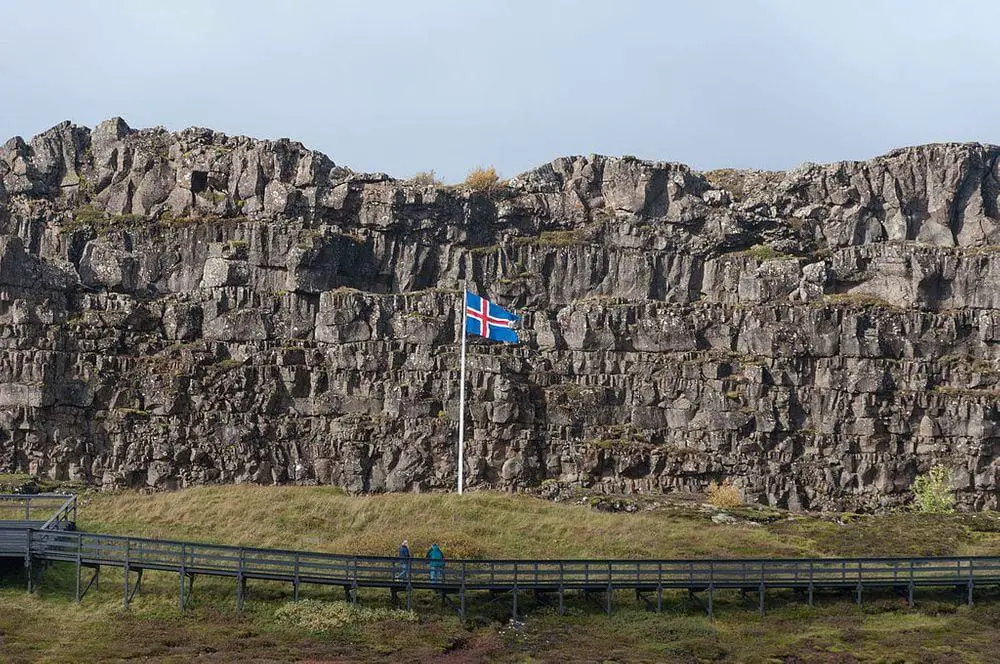
Unique monument of history – a site where in 930 AD was established parliament of Iceland. It acted here until 1789. The site still contains remains of numerous temporary houses made of turf and rock that were used during the two weeks of assembly.
Ruins of a house in Hafnir
Remnants of the earliest settlement in Iceland – a cabin that was abandoned in the time between 770 and 880 AD.
Agaiambo Swamp
Large swamp, last refuge of uncontacted pygmy people with very short legs, most likely extinct by now.
Mahabalipuram
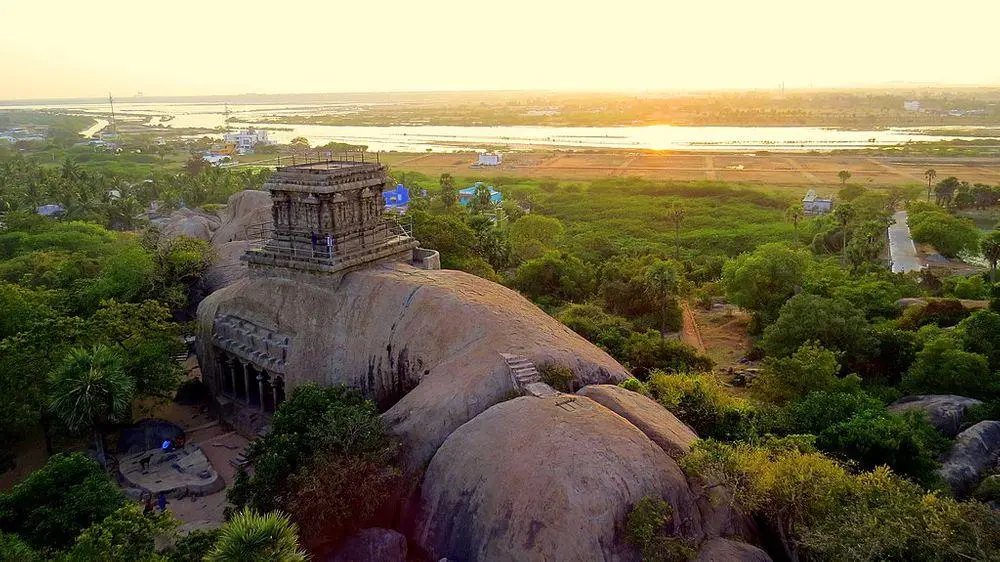
Group of the 7th – 9th-century Hindu temples. Most structures were cut in live rock. Numerous unique architectural and artistic achievements witnessing the highly successful search for original Pallava style in arts. Very interesting are Pancha Rathas – a group of five monolithic, very ornate shrines and Descent of the Ganges – giant, beautiful relief in the open air. Part of the monuments now is located below sea level.
Saint Mary Church of the Holy Belt and the underground church
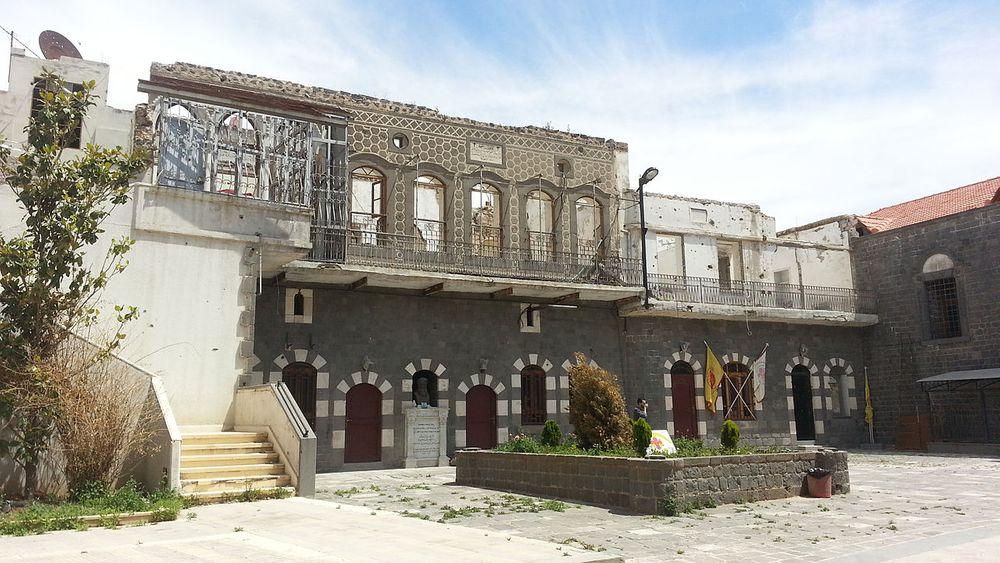
The most ancient church in Homs is Saint Mary Church of the Holy Belt, the seat of the Syriac Orthodox archbishopric. Its history may be started in 59 AD.
Dharmaraja Mandapa, Mahabalipuram
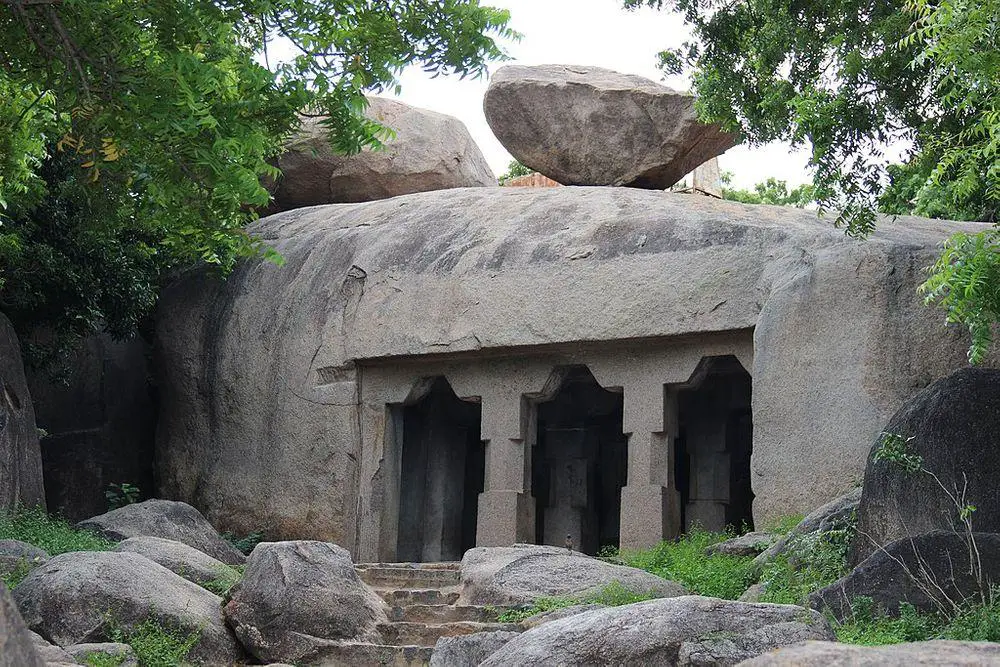
Dharmaraja Manapa is simple but elegant rock-cut temple in the southern part of Mahabalipuram. This Hindu shrine was built in the late 7th century AD.
Antakya Church of Saint Peter (cave church)
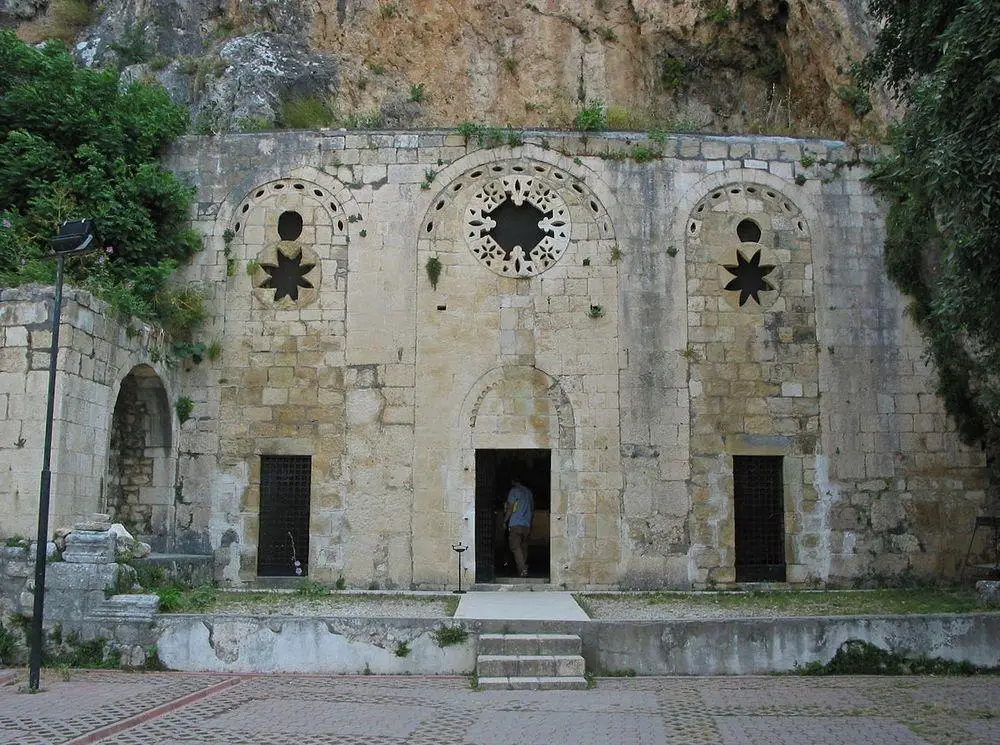
One of the oldest churches in the world, constructed the latest in the 3rd or 4th century AD. Rock-hewn buildings, with fine facade built by Crusaders sometimes around 1100 AD. Rock-cut passages extend from the church.
Olakkannesvara Temple – the old lighthouse

Olakkannesvara Temple now is just a base part of an early 8th century temple on the top of granite hill. It was used as a lighthouse in earlier times.
Rihab Church of St. George and its underground “church”
Rihab Church of St. George was built ~ 530 AD and is in ruins now. Some researchers consider this to be the oldest church in the world, from 33 – 70 AD.
